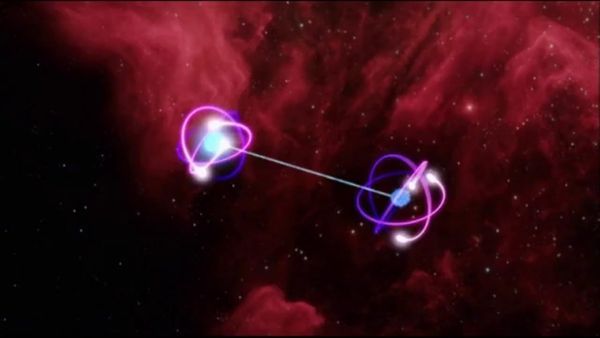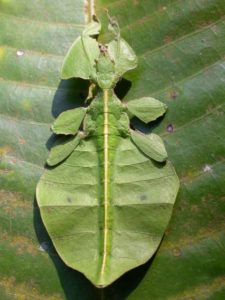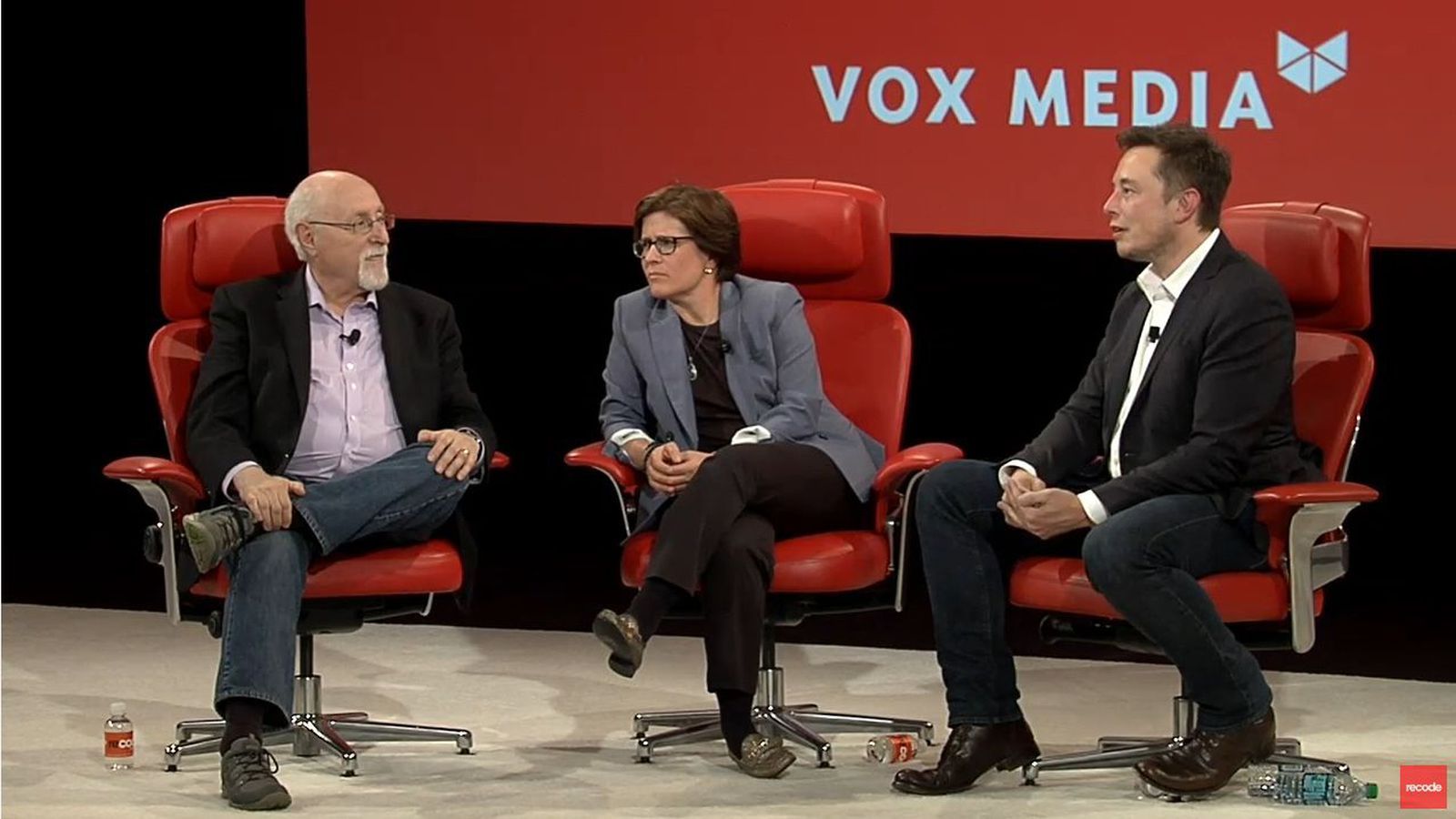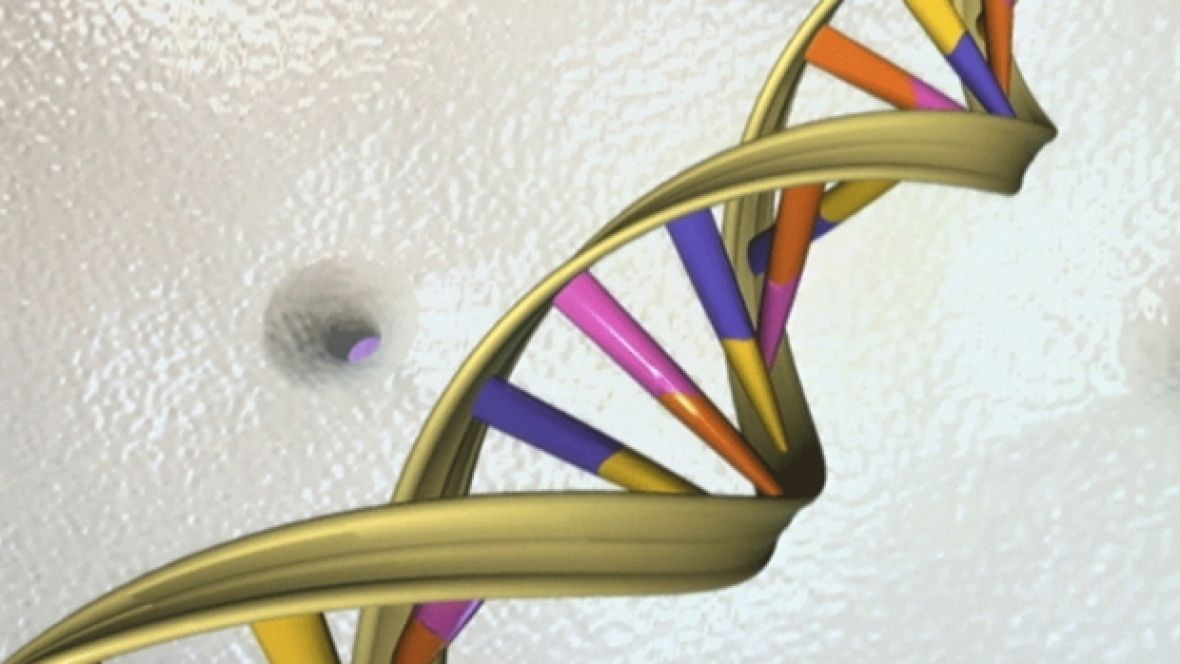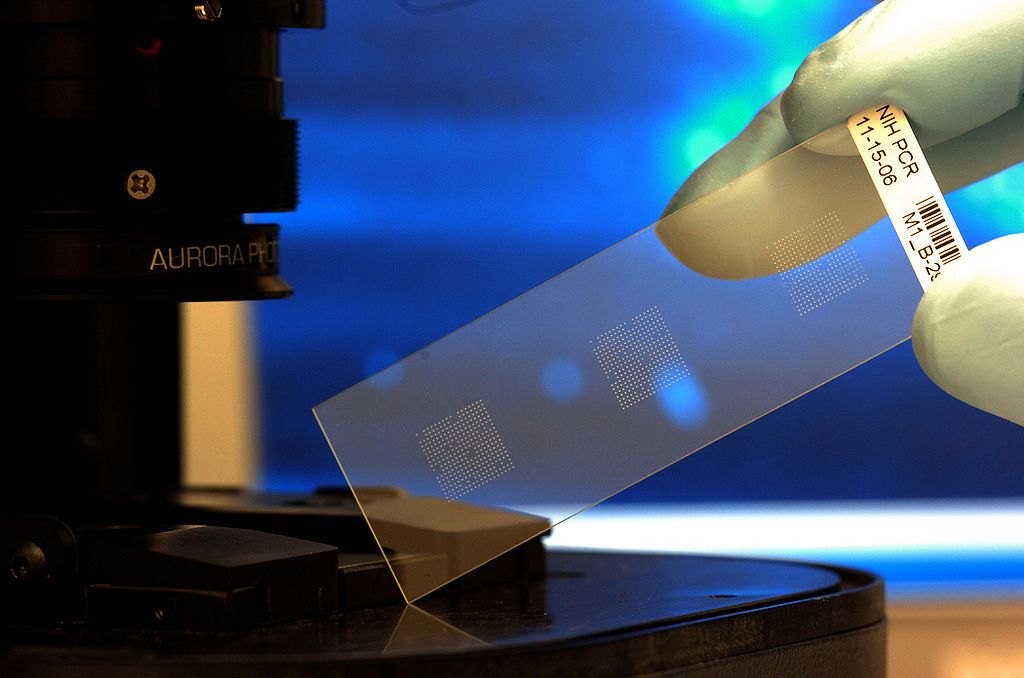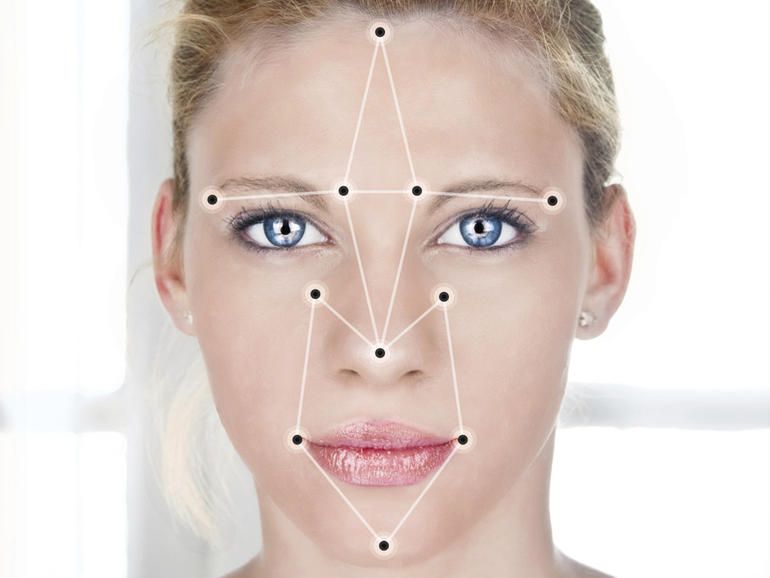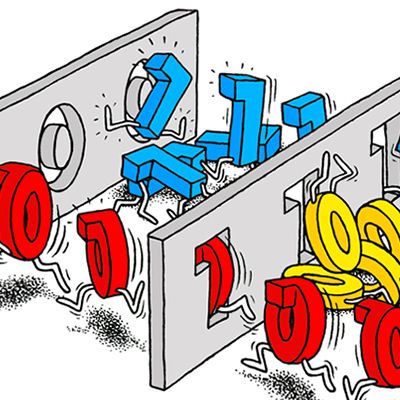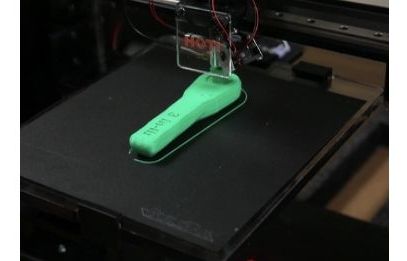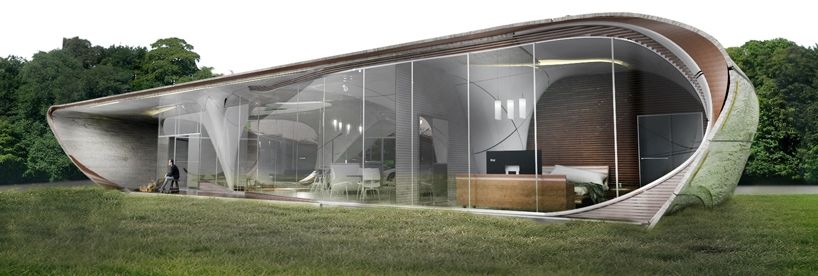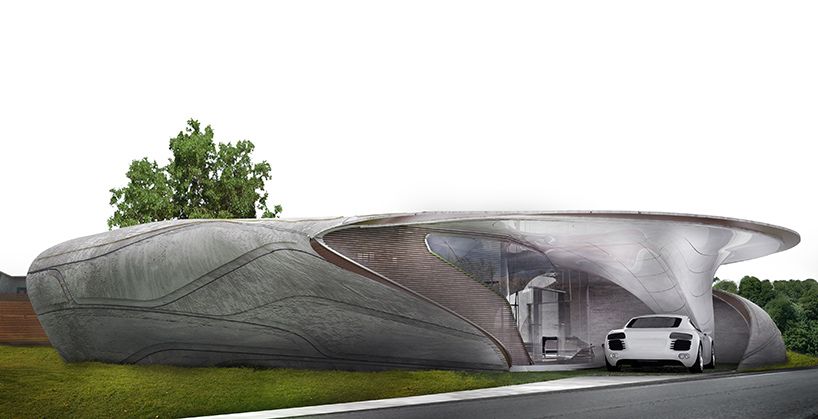Jun 3, 2016
“Quantum Entanglement in Space” –A New Global Satellite-Based Quantum Network
Posted by Shailesh Prasad in categories: computing, particle physics, quantum physics, space
“We are reaching the limits of how precisely we can test quantum theory on Earth,” says Daniel Oi at the University of Strathclyde. Researchers from the National University of Singapore (NUS) and the University of Strathclyde, UK, have become the first to test in orbit technology for satellite-based quantum network nodes. With a network that carries information in the quantum properties of single particles, you can create secure keys for secret messaging and potentially connect powerful quantum computers in the future. But scientists think you will need equipment in space to get global reach.
